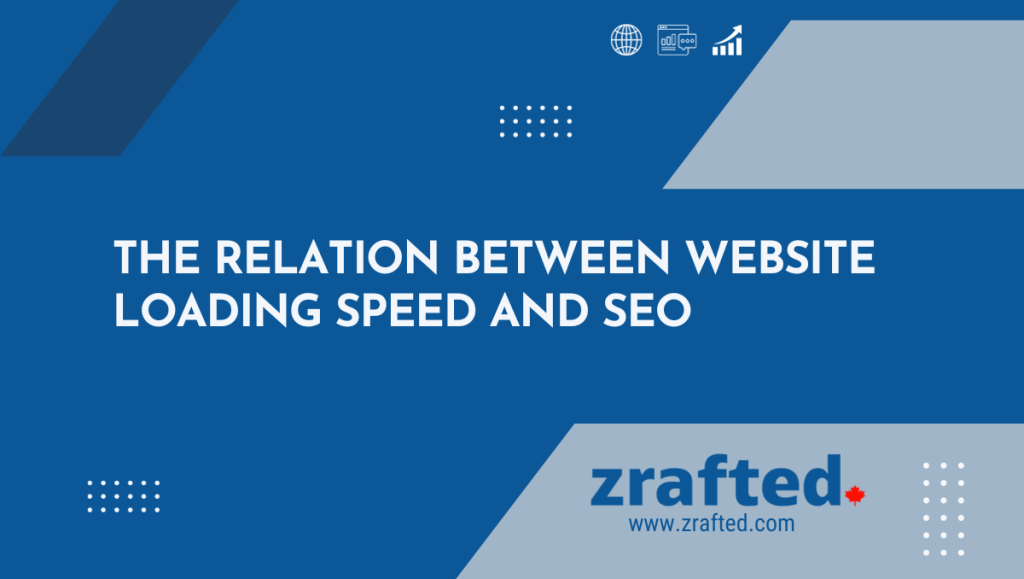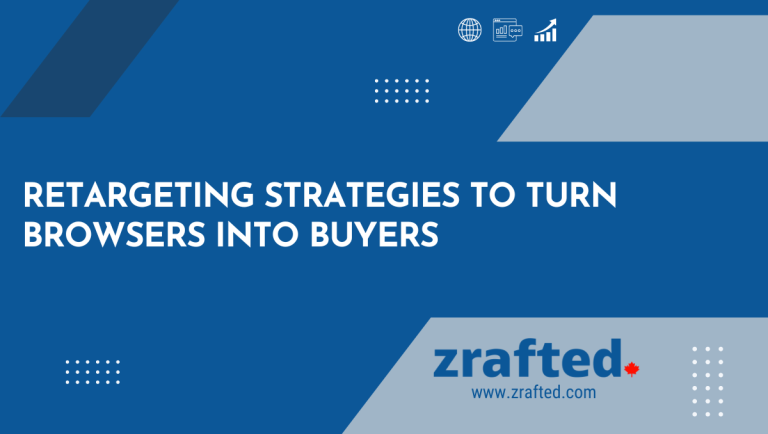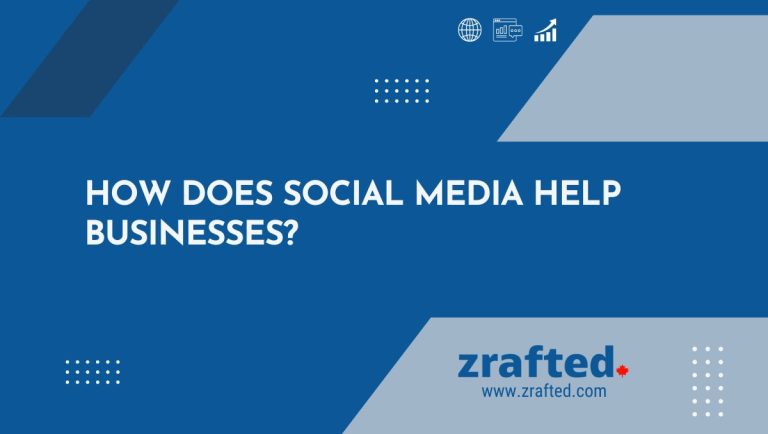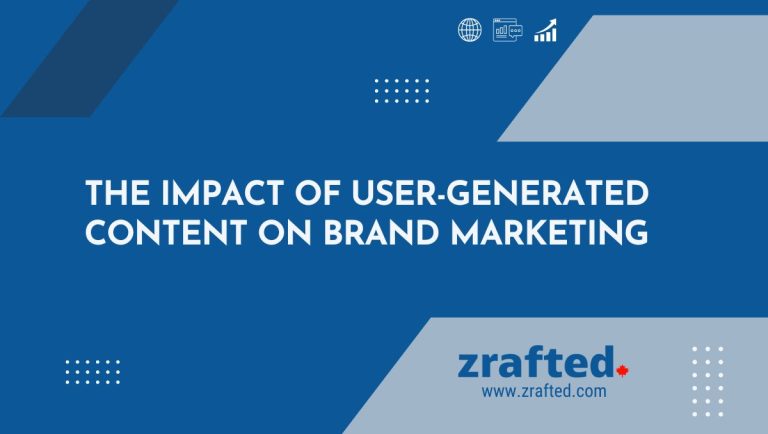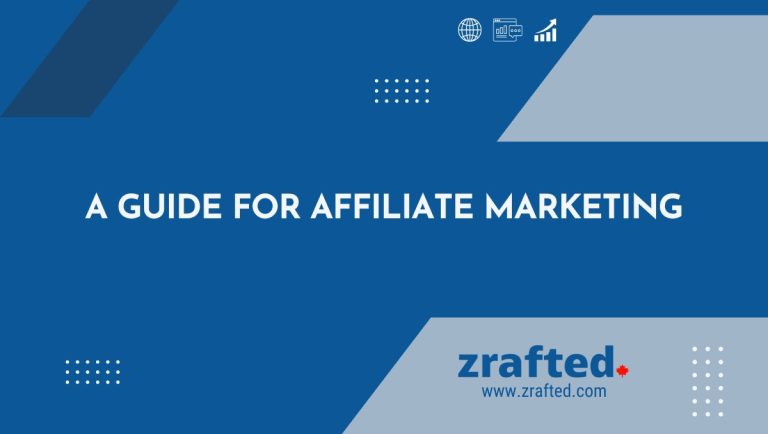The Relation between Website Loading Speed and SEO
In the fast-paced digital world we live in today, speed is of the essence. Whether you’re waiting for a cup of coffee to brew or a website to load, every second counts; when it comes to websites, page speed is not only crucial for user satisfaction but also plays a significant role in determining your website’s search engine ranking.
In this blog post, we will delve into the intricate relationship between website page speed, SEO (Search Engine Optimization), and user engagement and explore how optimizing page speed can profoundly impact your online presence.
Understanding Website Page Speed
Before we dive into the complexities of SEO and user engagement, it’s essential to understand what website page speed means. Page speed refers to the time it takes for a web page to load completely. It includes the time it takes to retrieve all the page’s resources, such as text, images, scripts, and other elements, and display them in the user’s browser.
Page speed is typically measured in seconds, with faster loading times more desirable. According to Google’s guidelines, a good target for page load time is around 2-3 seconds. Anything beyond that can result in a poor user experience and potential SEO drawbacks.
The Impact on User Engagement
User engagement is a critical factor in the success of any website. It encompasses various aspects, including how long visitors stay on your site, how many pages they view, and whether they take desired actions, such as purchasing or filling out a contact form. Page speed plays a pivotal role in shaping user engagement, and here’s how:
a. Bounce Rate Reduction
Bounce rate refers to the percentage of visitors who leave your website after viewing only one page. Slow-loading pages can significantly increase your bounce rate as impatient users are likelier to hit the back button or close the tab. It results in a poor user experience and reduces the chances of converting visitors into customers or subscribers.
b. Extended Session Duration
When your website loads quickly, visitors are more likely to spend more time exploring your content. Fast-loading pages encourage users to navigate your site, view additional pages, and engage with your content. This extended session duration signals to search engines that your website offers valuable range and can positively impact your SEO.
c. Improved Conversion Rates
Page speed can directly affect your bottom line if your website is an e-commerce platform or you rely on online conversions. Research has shown that even a one-second delay in page load time can significantly decrease conversion rates. Speedy websites keep users engaged and increase the likelihood of users completing desired actions, such as making a purchase or filling out a contact form.
The Connection to SEO
Now that we’ve established the importance of user engagement let’s explore how website page speed is closely intertwined with SEO.
a. Google’s Ranking Factors
Search engines like Google constantly evolve algorithms to provide users with the best results. In 2010, Google officially declared that website page speed is one of its ranking factors. In other words, faster-loading websites are more likely to rank higher in search engine results pages (SERPs) than slower ones.
Google recognizes that user experience is paramount, and a slow-loading website can deter users and lead to dissatisfaction. Therefore, it rewards websites prioritizing speed by boosting their visibility in search results. It not only drives more organic traffic but also enhances the chances of user engagement and conversions.
b. Mobile-First Indexing
With the increasing prevalence of mobile devices for web browsing, Google introduced mobile-first indexing, which means it primarily uses the mobile version of a website’s content for ranking and indexing. Mobile users, in particular, demand fast-loading pages due to potential limitations in their network speed and device capabilities. Therefore, optimizing your website for mobile speed is crucial for SEO success.
c. Page Speed and Core Web Vitals
Google introduced Core Web Vitals as a set of user-centric performance metrics that assess a website’s overall user experience. Page speed is a critical component of Core Web Vitals, along with other factors like interactivity and visual stability. Websites that perform well in Core Web Vitals are more likely to receive favorable rankings in search results.
Tips for Improving Website Page Speed
Now that we’ve established the importance of website page speed for both user engagement and SEO let’s discuss some practical tips to enhance your website’s performance:
- Compress Images and Media:Large images and videos can significantly slow down your website. Compressing media files reduces their size without compromising quality, resulting in faster loading times.
- Enable Browser Caching:Browser caching allows repeat visitors to load your site faster by storing some of your website’s files on their devices. It reduces the need for the browser to request and download resources again.
- Minimize HTTP Requests:Each resource on your web page, such as CSS files, JavaScript, and images, requires a separate HTTP request. Minimizing the number of requests by consolidating resources can speed up page loading.
- Use Content Delivery Networks (CDNs):CDNs distribute your website’s content across multiple servers worldwide, ensuring that users can access it from a server geographically closer to them. It reduces latency and improves loading times.
- Optimize Code and Scripts: Clean and well-structured code can improve a website’s performance. Minimize unnecessary code, and place scripts at the bottom of your HTML to prevent them from blocking page rendering.
- Implement Lazy Loading:Lazy loading is a technique that delays loading non-essential below-the-fold content until the user scrolls down the page. It prioritizes the initial viewable content, improving perceived loading speed.
- Reduce Server Response Time:A slow server response time can be a significant bottleneck in page speed. Invest in a reliable hosting provider and consider server-side optimizations to reduce response times.
- Regularly Monitor and Test:Use tools like Google PageSpeed Insights, GTmetrix, or Pingdom to monitor your website’s performance regularly. Conduct tests to identify areas that need improvement and implement changes accordingly.
From Slow to Pro: Elevating SEO and User Engagement
Let’s delve even deeper into how website page speed can affect SEO and user engagement with additional points:
Mobile Responsiveness
Mobile devices account for a significant portion of web traffic. Users expect mobile websites to load quickly, regardless of their device or network connection. Slow-loading mobile pages can result in frustrated users, increased bounce rates, and lower rankings in mobile search results. Ensuring your website is optimized for mobile page speed is crucial for user engagement and SEO.
User Experience and Satisfaction
User experience is at the heart of SEO and user engagement. A fast-loading website provides a smooth and enjoyable experience, making users more likely to return and engage with your content. Conversely, a slow website can lead to frustration, negative perceptions of your brand, and reduced trust. Investing in page speed optimization is an investment in user satisfaction.
Impact on E-A-T
E-A-T stands for Expertise, Authoritativeness, and Trustworthiness – factors that Google considers when ranking websites, mainly for content related to health, finance, and other critical topics. A slow website can erode trust and authority, affecting your E-A-T score. A high E-A-T score, on the other hand, can boost your SEO efforts, making it crucial to maintain a fast-loading site to support these factors.
Competitive Advantage
Even a slight advantage can make a significant difference in a competitive digital landscape. If your website loads faster than your competitors, you’re more likely to capture user attention and keep them engaged. This competitive edge can translate into higher search rankings, increased traffic, and improved conversion rates.
Accessibility
Web accessibility is a critical consideration in modern web design. Slow-loading pages can negatively impact users with disabilities who rely on assistive technologies. By optimizing page speed, you not only improve user engagement for the general audience but also ensure that your website is accessible to everyone, which is essential for SEO and user inclusivity.
Impact on Social Sharing
In the age of social media, your content’s share ability is a valuable asset. Slow-loading pages can discourage users from sharing your content on social platforms, hindering your content’s reach. A fast website encourages social sharing, potentially leading to increased visibility, traffic, and backlinks – all of which can positively impact SEO.
Long-Term SEO Benefits
Page speed optimization is not a one-time effort but an ongoing process. As you consistently work to improve your website’s speed, you build a strong foundation for long-term SEO success. Google and other search engines reward websites that maintain fast loading times, providing a sustainable advantage in the ever-evolving SEO landscape.
Local SEO Benefits
For businesses with a physical presence, local SEO is crucial. Slow-loading pages can deter users from looking for local information or directions to your business. Optimizing page speed, especially for mobile users searching for nearby services, can improve your local SEO rankings and attract potential customers to your physical location.
Conclusion
Website page speed is not merely a technical detail but a critical element that can make or break your online presence. Slow-loading pages can drive users away, lead to higher bounce rates, and ultimately harm your SEO efforts. Conversely, fast-loading pages improve user engagement, reduce bounce, and boost conversion rates.
Optimizing your website’s page speed is a strategic move in the ever-competitive digital landscape, where SEO is essential for visibility. It enhances user satisfaction and aligns with search engine ranking factors and Core Web Vitals. By prioritizing website speed, you can create a win-win situation where users and search engines reward you with increased visibility, traffic, and success.
Lorem ipsum dolor sit amet, consectetur adipiscing elit. Ut elit tellus, luctus nec ullamcorper mattis, pulvinar dapibus leo.

